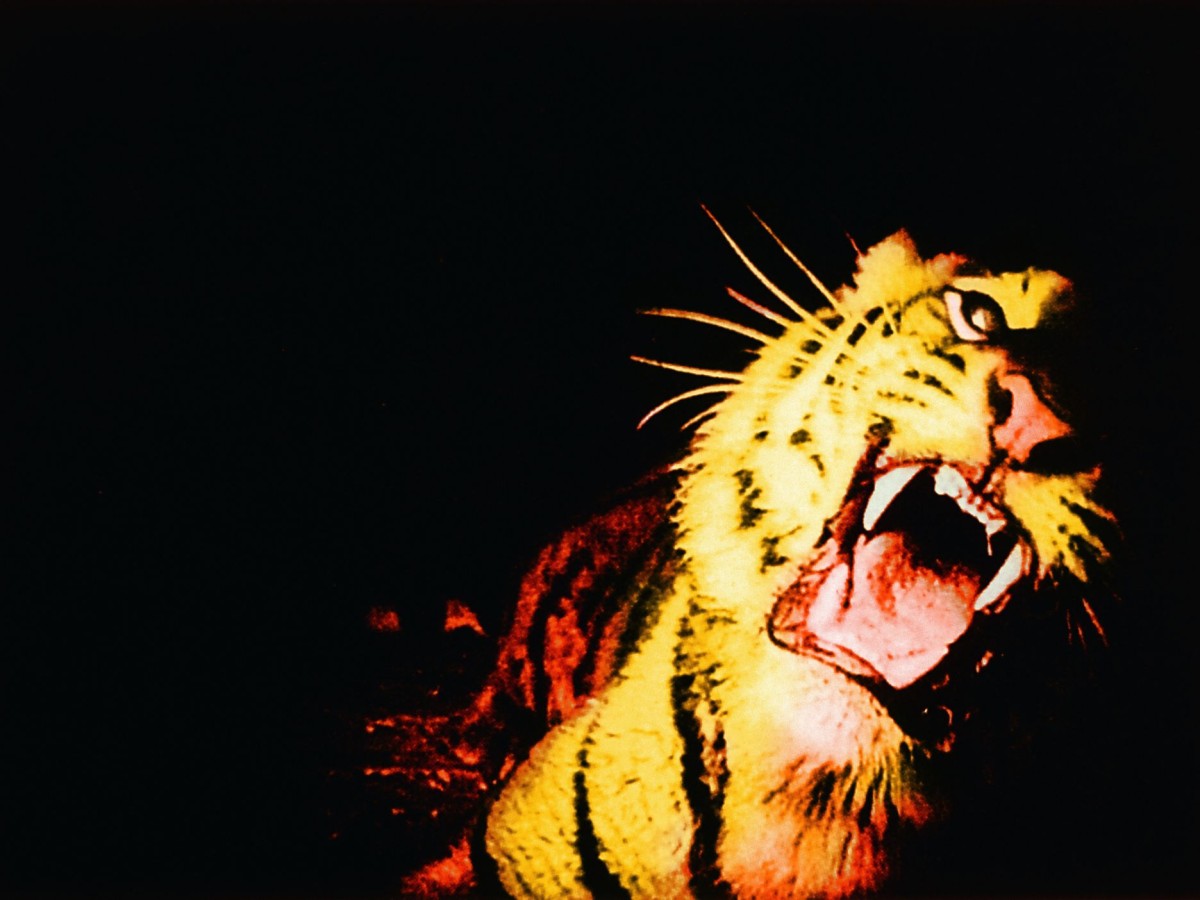The Utopia of Film 100 Recent Acquisitions
August 30 to October 4, 2008
“The promise that film history contains is still basically unknown.” In this quote from Alexander Kluge's essay The Utopia of Film there's an intimation of something that is frequently suppressed in film historical studies. Film history is not a fixed asset, and we shouldn’t imagine it like a warehouse with millions of film reels on its shelves; it's a continuing movement, an unceasing process of interpretation and change. That much of film history is “still basically unknown” certainly constitutes an essential aspect of what a film museum’s work is about. (Kluge’s essay was published in 1964, the year the Austrian Film Museum was founded; this coincidence is entirely characteristic for the explosion of cinephilia at the time.) What is equally important in Kluge's sentence, however, is the aspect of “promise”. It implies that film history is to be understood as a potential of the present rather than as a venerable thing of the past that can be ticked off once the “major moments” have been learned. It indicates that the “old movies” must be kept current in such a way that they can remain promises – also for the world outside the cinema.
In September 2004, the Film Museum presented its first retrospective entitled “The Utopia of Film”. Its sub-heading was “100 Proposals”, inviting the public to consider new readings of film history and to join the debate on a film canon. Out of this original programme a series evolved, comprising three to five screenings per month which are always linked to each other in particular ways. Now, “The Utopia of Film” is being offered in a condensed fashion once more. The passage through film history again consists of 100 works, but there is a specific selection criterion: all films are new acquisitions from recent years. They include, for the most part, purchases and gifts, but also new restorations from the collection and deposits by filmmakers, production companies and public institutions. Aside from the works themselves, the selection aims to give some visibility to the interplay between the Film Museum's collection policies and its programmes.
The international boom in film restoration has not only brought to light several films that were once marginalized or presumed lost, it has also made many famous works newly accessible thanks to restored versions and improved prints. Prime examples included in this show are films by Sergej Eisenstein, Germaine Dulac, Friedrich W. Murnau, Joris Ivens, Luis Buñuel, Fritz Lang, Josef von Sternberg, Michael Powell & Emeric Pressburger, Billy Wilder, Jean Renoir and Michelangelo Antonioni, of which the Film Museum was able to purchase newly restored copies in the course of its close cooperation with film archives from around the world.
If one extends this list of artists to include a few more prominent names who are also represented in the show, one could easily sketch a very traditional, “canonical” version of film history: Bergman, Bresson, Fassbinder, Godard, Kiarostami, Kurosawa, Méliès, Melville, Minnelli, Rossellini, Scorsese, Stroheim, Tarkovsky, Vertov ... But this list of artists’ names barely covers a quarter of the "100 Recent Acquisitions" – and only one of the many film histories included in the programme. Another history might be constructed around the development of genres and film industrial modes of production, for example by focussing on the technologies of the magical and demonic, from Segundo de Chomón at Pathé (1908) and Fritz Freisler at Sascha-Film (1918), to The Wizard of Oz at MGM (1939) and Roger Corman's The Masque of the Red Death (1964), and continuing on to the real ghosts of Stanley Kwan (1987) and the ones animated by Miyazaki Hayao (2001).
Other interpretations of the film medium emphasize its function as a document, that is, as a trace or crystal of contemporary-history situations, or the aspect of aesthetic research which is the basis of the avant-garde tradition. Or they highlight the wide variety of “uncommon-yet-common” film formats in which the author frequently remains anonymous: amateur films, screen tests, trailers, commercials, the early "cinema of attractions" and the many puzzling film fragments which have been preserved in archives instead of integral works.
In order to present the entire wealth of cinema, a simultaneity of all these perspectives is required, as well as corresponding exhibits in the collection which are strong and “restless” enough to be able to move and mediate between viewpoints, genres, film histories and cinematic ideologies. Sometimes two titles are sufficient to indicate the dynamic tension under which film operates, as soon as one discards the conformist “rules of the game”: Éruption volcanique (1902) is the oldest film in this show, Mosaik Mécanique (2008) the most recent. Eruption and mosaic, mechanical and volcanic: the Utopia of Film.
On September 26, the Film Museum's new double-DVD will be presented. It includes the three major films made by the Canadian-Austrian John Cook: Ich schaff's einfach nimmer/I just can't take it anymore (1972/73), Langsamer Sommer/Slow Summer (1974-76) and Schwitzkasten/Clinch (1978). The latter film was restored by the Film Museum and is part of the retrospective.
A new book from FilmmuseumSynemaPublikationen will be released and presented on October 3: Edited by Paolo Cherchi Usai, David Francis, Alexander Horwath and Michael Loebenstein and co-published with the Giornate del Cinema Muto in Pordenone, the volume is entitled “Film Curatorship. Museums, Archives, and the Digital Marketplace”. It examines several issues central to contemporary debates about cinema and the digital realm, film preservation and presentation.
The retrospective is supported by ERSTE BANK.
Related materials
